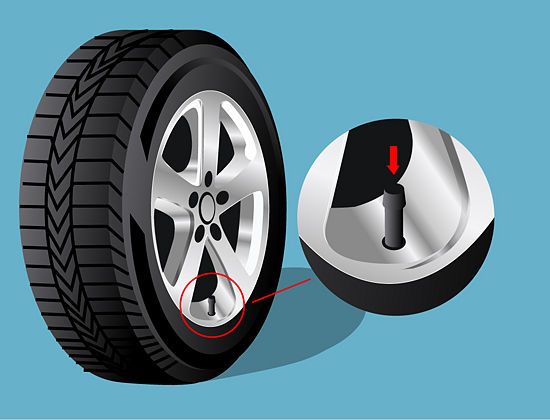Are you having difficulties reading the DOT number of your tires? Do you want to know how to read tire date codes? If you have lost the receipt of your purchase, you might be having difficulties knowing the exact age of your tires. This issue is common and you can find the solution from your tires. Just observe your tires, you will get the answer.
*Picture Copyright: UTires.com
How to Read Tire Date Codes?Whether you are financing your tires or purchasing them, it is important to understand how to read tire date codes. The numbers are present on tires only. You just need to know how to get them. You might have difficulties while reading codes on old tires. Keep reading to know how old your tire is.
Ways to Get Your Tires DOT NumberLook at all the sides of the tires. There are a bunch of numbers and letters. It might seem like a jumble. But this is helpful information about the tire. Find the number that starts with DOT and followed by ten to twelve series. This code will reveal a lot of things about your tires. You will know the tire size, year, and place of the manufacturing with the unique code of the manufacturer. You can also rent a wheel payments to know more about tires. Once you rent a tire payments, you will not have to be bothered about the manufacturing year. They will take care of this. You just need to look for a rent a wheel return policy to make it more beneficial for you.
Remember that the last four digits of the code are the date the tire was manufactured. You can check the first two digits of the DOT code to know the week of the manufacturing. The last two digits will reveal the manufacturing year. For instance, when it was written in 0203, the manufacturing year was 2003. But it is a bit tricky to know the manufacturing year of tires manufactured before 2000.
But it is a bit tricky to know the manufacturing year of tires manufactured before 2000.
You need to check the last three digits of the DOT code. Check the first two digits to know the week. For instance, when the last three digits read 022, you should understand that the tire was manufactured in the 2nd week of that year. You might be thinking about how to know the year. The year is the 2nd year of that decade. It is easy to get confused to know the decade. It might be harder to know the exact decade. There might be some other indications to know the year.
*Image Copyright from kilgoretirecenter.com
What About the Incomplete DOT NumbersIncomplete DOT numbers mean the current DOT regulations demand the complete number to be written on one sidewall only. When you find a few digits on the opposite sidewall, you can check the other sidewall to find the complete DOT number.
Reading DOT Tire NumbersNow you know how to read tire date codes. You can simply check at the sidewalls of tires to avoid any further confusion. Also, never lose your purchase receipt. If you do so, you might not get the warranty benefits. So, keep the receipts in a safe place and avoid any confusion by checking the DOT code. Whether you are interested in learning about wheel alignment or more about DOT numbers, our professionals here at Dan the Tire Man can answer your inquiries.
You can simply check at the sidewalls of tires to avoid any further confusion. Also, never lose your purchase receipt. If you do so, you might not get the warranty benefits. So, keep the receipts in a safe place and avoid any confusion by checking the DOT code. Whether you are interested in learning about wheel alignment or more about DOT numbers, our professionals here at Dan the Tire Man can answer your inquiries.
The U.S. Department of Transportation (DOT) number stamped on the tire’s sidewall contains a date code that identifies the age of your tires. This DOT number (also called the Tire Identification Number or TIN) is contained in a sequence of up to 12 letters and numbers that signify the tire size, the manufacturer, the specific plant where it was built and when it was built. In the event of a recall, tiremakers and the National Highway Traffic Safety Administration use the DOT number to identify which defective tires are in the campaign.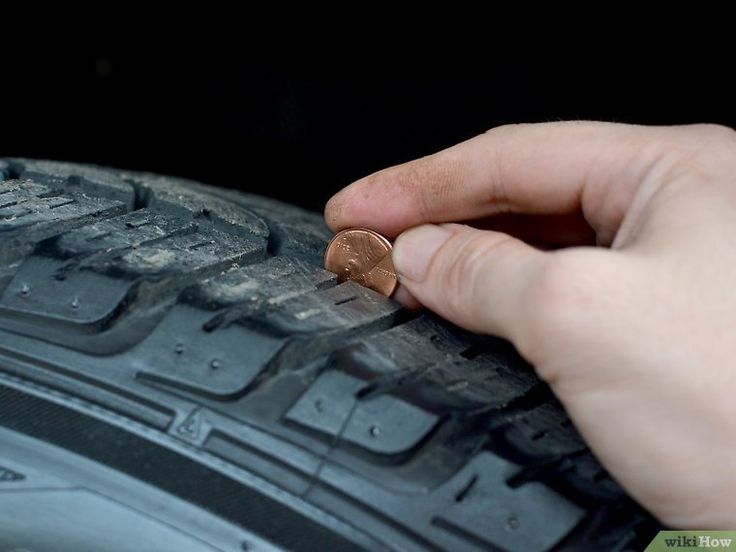 The date code used on tires is not a typical representation used for dates and can be easily missed by the untrained eye.
The date code used on tires is not a typical representation used for dates and can be easily missed by the untrained eye.
To determine the age of your tires, check the last four digits of the U.S.
Tires built from 2000 to the present use the last four-digits of the DOT number to identify the week and year of manufacture. For example, a DOT number with 4116 at the end of the sequence would mean that the tire was manufactured in the 41st week of 2016, or sometime in the mid-October.
While it is increasingly rare to find a tire made before 2000, these tires use only three digits in the date code for the week and year. A tire with a three-digit date code like 416 means that the tire was made in the 41st week of 1996.
Tire DOT Numbers Include a Date Code
(Source: National Highway Traffic Safety Administration)
Be aware that the complete tire DOT number is not required to be molded on both sides of the tire. While some tire makers include the full DOT number on both sides, the date code on your tires may only be contained on one side. If the DOT number is only eight characters, you’ll need to look on the other side of the tire to find the full number with the date code.
If the DOT number is only eight characters, you’ll need to look on the other side of the tire to find the full number with the date code.
Why is it important to understand your tire’s age? Manufacturers have known for decades that exposure to heat and oxygen weakens rubber over time. Today’s tires are highly engineered products, with anti-aging chemicals mixed in the rubber compounds, along with others to make the rubber softer and more flexible. But, over time, the rubber and component materials within the tire changes and becomes more prone to failure. In most instances this loss of strength is invisible – and the material degradation is present regardless of tread depth and even in tires that have never even been put on a vehicle
Aged tires are more susceptible to catastrophic tread separations, which occurs when the tire’s outer layer separates from the tire body or casing. This type of failure can be much more dangerous for drivers to manage than a flat tire or blow out, particularly in trucks, SUVs and vans – particularly 15-passenger vans – because they are more prone to handling and stability problems.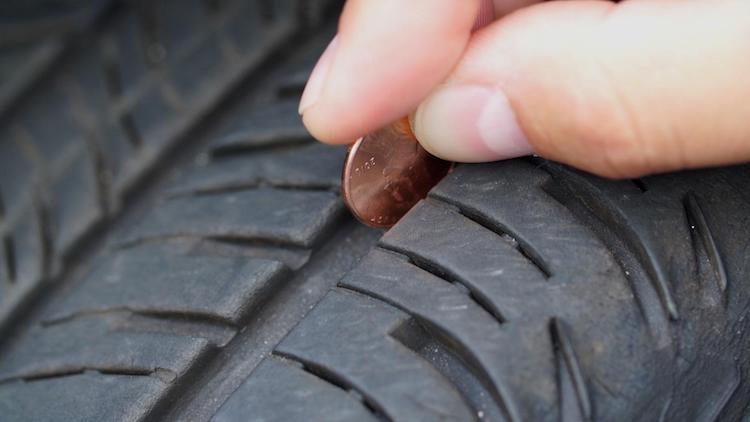
While tread separations caused by manufacturing defects can occur in new tires, tires older than six years – especially those on vehicles located in hot-weather states such as if such as Arizona or Florida – are more prone to suffer a catastrophic tread separation.
According to the National Highway Traffic Safety Administration “Most vehicle owners can easily overlook tire aging, increasing their risk of a crash.”
Based on research showing that the rate of tire failures increases after six years, nearly all vehicle manufacturers recommend owners replace tires after six years, regardless of tread depth. Most tire manufacturers recommend replacement at 10 years or that owners follow the vehicle manufacturer’s guidelines. Tire makers continue to insist that expiration dates are not necessary, yet, nearly all passenger and light truck tire warranties expire at six years. Some tire retailers have also adopted the tire age recommendations and will not service vehicles with tires that are beyond the manufacturers age recommendation.
Consumers should also check the DOT code when buying new replacement tires. Some retailers will sell a “new” tire that has actually been sitting in their inventory for years. That tire could have been improperly stored in a warehouse or outdoors exposed to high temperatures that reduce a tire’s robustness and useful life.
Consumers should insist on replacement tires manufactured within months of the purchase date. And, regardless of tread depth, vehicle owners should replace their tires six years and older.
Call us if you believe a defective tire caused your accident. The team at Newsome Melton can review the facts of your case and determine if we believe you have a valid claim for compensation. If we feel you have a strong defective tire case against the manufacturer, we can navigate the claims process on your behalf and potentially recover compensation to pay for your medical bills, lost wages, vehicle repair or replacement, or other losses.
Call us today at 888-221-5316 or contact us through our online chat. We offer free reviews and handle many of these claims on a contingency fee basis. This means we do not recover compensation unless you do.
Everything has an expiration date, car tires are no exception. How long can they be used? Can you ride tires that are many years old, but they look quite working? Is it worth saving on tires by buying products that have not yet been used, but have been stored in a warehouse for 5-7 years?
Release date is an important parameter when choosing car tires
These questions at least once arose before the majority of motorists. We answer them - in detail and in detail.
The date of manufacture of the tire is always on its sidewall in an oval stamp
Information about when a car tire was produced is placed on its side.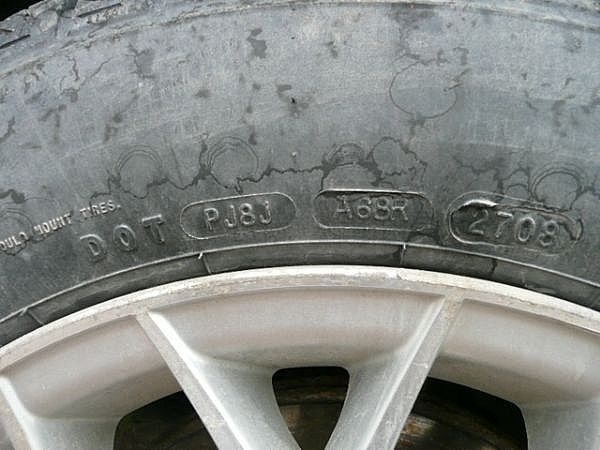 You will easily notice an oval stamp with four numbers inside - for example, 1118.
You will easily notice an oval stamp with four numbers inside - for example, 1118.
So, we have a tire that “saw the light” in January 2003.
Certification of automobile tires for their sale on the Russian market is carried out by the Department of Transport. Tires without age marking, and in a strictly prescribed form, will not receive a quality certificate. This rule is the same for all tire manufacturers.
See also: Tire marking: deciphering the designations on tires
Drivers change cars at least twice a year. As a rule, rubber is operated for several years, and then new tires are bought. At the same time, the tread pattern, raw materials, radius are taken into account, but they rarely pay attention to the release date of the product.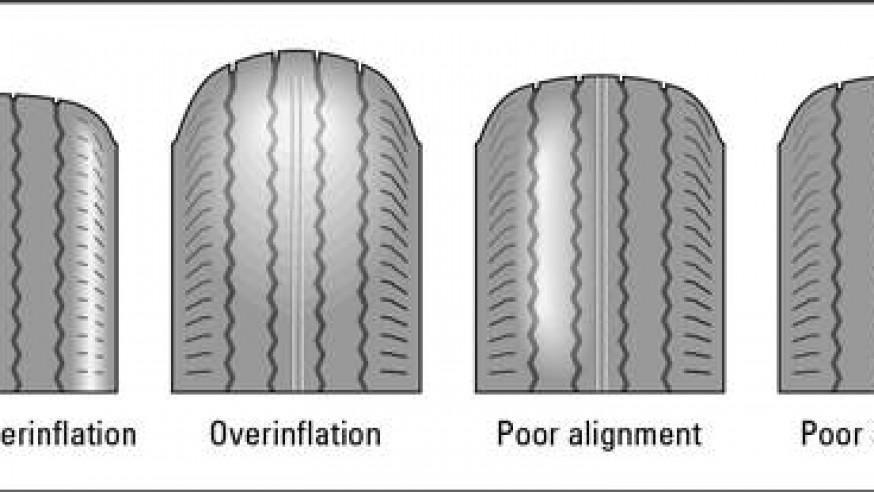 But it is this information that helps to better understand the condition of the tires and how long they will last.
But it is this information that helps to better understand the condition of the tires and how long they will last.
You can determine for yourself whether the tires have begun to age. To do this, pay attention to their side. Did you see small cracks here? This is the first sign of aging. Over the years, these scratches will become deeper, and the tire itself will begin to change color, acquiring a whitish tint on the originally black rubber.
Over the years, these scratches will become deeper, and the tire itself will begin to change color, acquiring a whitish tint on the originally black rubber.
In the process of aging, black rubber becomes covered with a whitish coating.
Have you noticed similar symptoms on your car tires? So, it's time to change them - you should not pull further, even if the tread does not look worn out. It is dangerous to drive a car with such tires.
The tire is a mixture of chemical compounds. A number of factors influence it:
Tires can experience different loads, so they have different lifespan, and it is impossible to accurately predict it.
Pay enough attention to the wheels - pay attention to the condition of the tires yourself, and also stop by the service centers.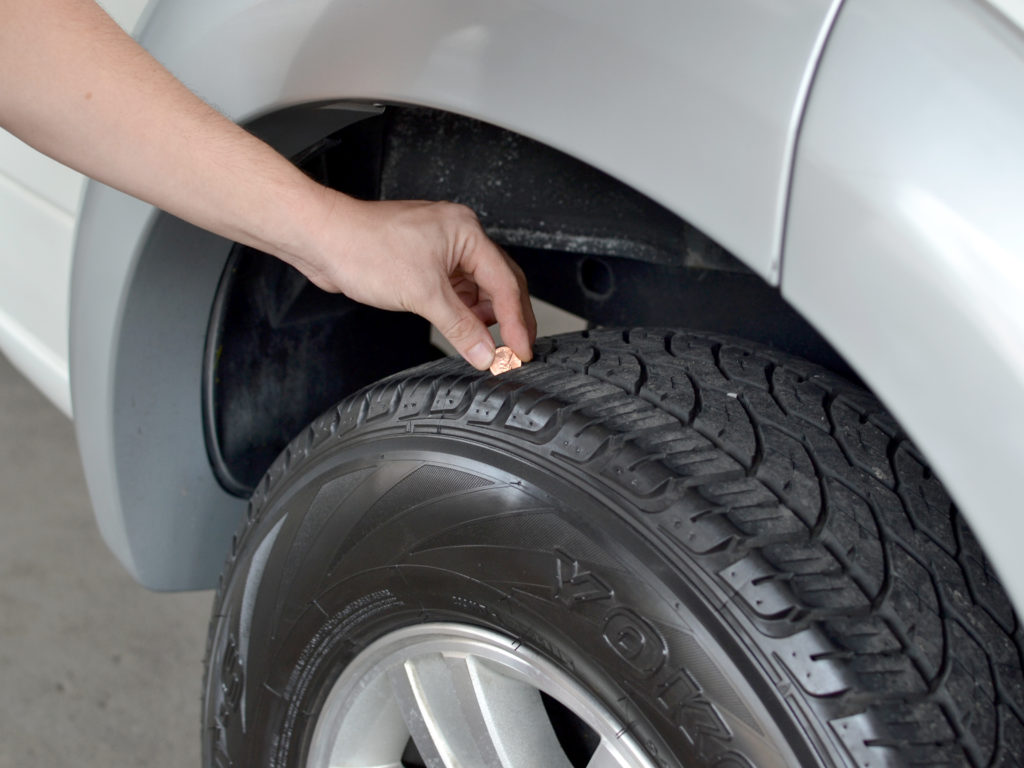 After five years of operation, tire diagnostics should be performed at least once a year.
After five years of operation, tire diagnostics should be performed at least once a year.
See also: What pressure should be in the tires?
The aging process is accelerated by three main factors:
It is important to properly store summer and winter tires, protecting them from threatening external factors. By observing the storage conditions, you prolong the "life" of tires - their elasticity remains at an acceptable level for a long time.
Tires are quite picky about storage conditions: in order for them to retain their original properties for a long time, they must be stored correctly.
Proper storage is the key to maintaining tire performance.
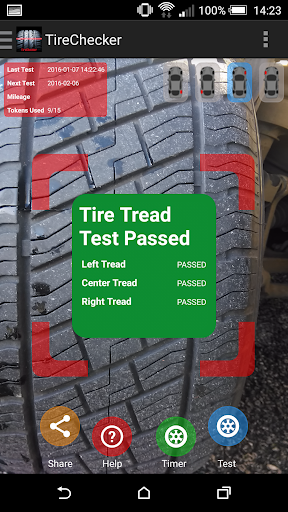
Storing tires according to the rules is a task that requires control. Therefore, the longer tires lie in stock, the higher the risk that their properties and resources are no longer at that high level.
The properties of tires, their durability and wear resistance largely depend on the quality of rubber. Accordingly, they depend on the manufacturer, who selects raw materials for products manufactured under his brand.
Choose tires from trusted and well-known manufacturers
The largest companies are investing huge amounts of money in the development of unique compounds - they are added to rubber, making it as resistant to aging as possible.
Giving preference to tires from world manufacturers - for example, Nokian, Goodyear or Michelin, you choose high quality, confirmed by time and expert reviews. Under the right conditions of storage and operation, these tires will serve much more than 5 years - their warranty period.
Carefully inspect each tire. Tires should not have any white coating, no scratches, no burrs. Then it is worth checking the products by touch in order to make sure that they are elastic.
Does the appearance of the tires cause any complaints? This indicates that they were stored correctly, therefore, the performance properties are at the proper level.
If you have tires in front of you that are overtaking the symptoms of aging, it's not worth the risk. Such tires will not last long, and you will waste your money.
There are two sets of tires - both from reliable brands, each with a good view? Then choose the one that is "younger".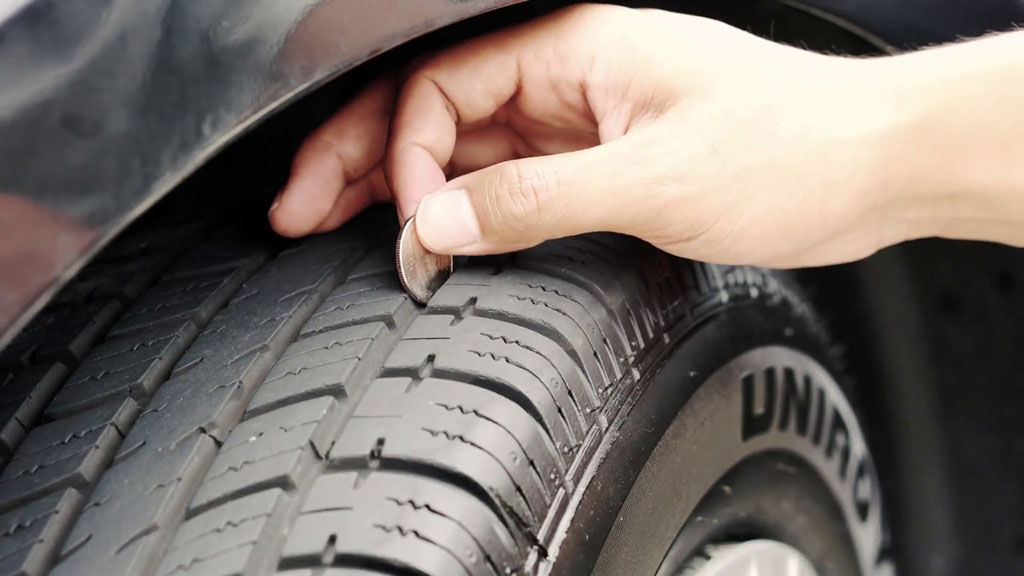 In this case, the guarantee of proper storage is higher.
In this case, the guarantee of proper storage is higher.
Don't get too hung up on the age of the tires. For example, tires that have just "knocked" two years, show themselves no worse than products that have just entered the market. But! They must initially be of good quality, that is, from manufacturers whose reputation is beyond doubt. Should inspire confidence and appearance - without cracks and whitish coating. Well, you have the right to ask for a discount on two-year-old tires.
Expert advice will help you choose the right tires and keep them in working condition for a long time.
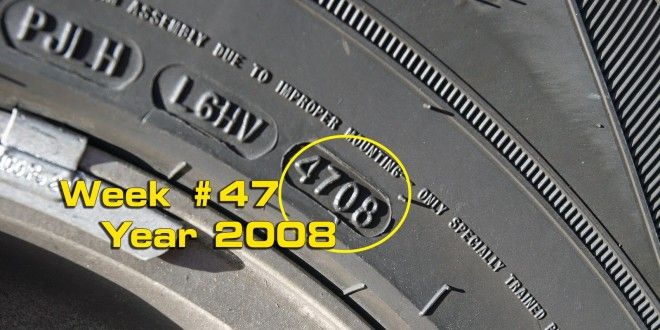
Choose high-quality tires, observe their storage and maintenance conditions - and then they will not let you down.
It is not difficult to find out the year of manufacture of a tire. One careful look at the sidewall of the tire is enough to get the necessary information.
One careful look at the sidewall of the tire is enough to get the necessary information.
The year of manufacture of the tire is indicated next to other indicators in an oval frame. The whole series of these designations is called the Tire Identification Number. It carries information about the year of production, the batch of product with which this tire was released.
Contents
Starting from 2000, a four-digit number is indicated in the oval, which is the year of manufacture. The first two digits are the week number of the year, and the second two numbers are the year of issue itself. For example, if the sidewall of the wheel says - 2415, then this is the 24th week of 2015. If we are talking about tires manufactured before 2000, you need to act differently. The identification number of a tire produced before 2000 is calculated that it will not be used for more than ten years. That is why all information is encrypted differently. The last three digits of the number are the production date. The last digit is the date of the current decade. The penultimate 2 digits are the week number. And if we have a number - 258, then - the 25th week, the 8th year.
The first two digits are the week number of the year, and the second two numbers are the year of issue itself. For example, if the sidewall of the wheel says - 2415, then this is the 24th week of 2015. If we are talking about tires manufactured before 2000, you need to act differently. The identification number of a tire produced before 2000 is calculated that it will not be used for more than ten years. That is why all information is encrypted differently. The last three digits of the number are the production date. The last digit is the date of the current decade. The penultimate 2 digits are the week number. And if we have a number - 258, then - the 25th week, the 8th year.
Yes! Everything has its own expiration date and use. Tires are far from an exception. 3 years is the standard for absolutely all tires of any kind. For its storage, special conditions are necessary, since the rubber compound, over time, may lose its properties. Loss of elasticity gives cracks throughout the wheel, from which riding on such a tire becomes unsafe. Even if the tires were stored in compliance with absolutely all standards, but for a period of more than three years, this does not give a reason not to check it for integrity. In order to protect yourself and others, you must check the date of manufacture of the tire before purchasing it.
Loss of elasticity gives cracks throughout the wheel, from which riding on such a tire becomes unsafe. Even if the tires were stored in compliance with absolutely all standards, but for a period of more than three years, this does not give a reason not to check it for integrity. In order to protect yourself and others, you must check the date of manufacture of the tire before purchasing it.
Unfortunately, the sellers go to any tricks to sell their goods, and even assure that this is absolutely not the right indicator.
Not uncommon, in the markets you can find a product from past seasons. Such tires are bought in bulk for resale in other markets marked - "New". And everything would be fine, but such methods of sales lead to many factors that adversely affect the quality of the product. The problems are - the storage conditions of tires and their transportation from the place of their sale to the resale markets.
Everyone must find out for himself when exactly it is time to change it. We must not forget that a tire is a mixture of various chemical elements, which can be influenced by factors of various types. From driving speed and driving style to climate. Loads can be completely different, so their time can vary and it is impossible to predict it.
It is necessary to regularly inspect the wheels, both on your own and use the help of specialists in tire centers or seek help directly from the supplier, who will be able to point out exactly the faults, if any. This rule applies to passenger car tires, as well as to trucks and public ones. Don't forget about the spare too.
After 5 years of operation, tire diagnostics should be carried out at least once a year.
It is very important to pay attention to any changes in the car such as:
Professional diagnostics will help you decide on the condition of your tires, whether they should be repaired or replaced altogether.

You can absolutely say for sure - It is impossible to predict the end of the operational life of a tire only with the help of a calendar, since they do not have an exact expiration date. But the fact remains unchanged that the older the tire, the more it becomes unusable, defects appear, changes that affect its condition.
If there are doubts about the quality of the tire after a certain period of use, the best solution is to replace the entire set together with the spare wheel. On the last, you should pay as much attention as possible. Due to long-term uselessness, and not always proper storage, it may become cracked, which is the first sign
Pay attention to the tire manufacturer. Big companies spend a lot of effort doing a lot of research on tire wear and life. A company like Bridgestone owns a large number of research and scientific centers around the world.
If we are talking about buying a used product, then you should pay attention to the wear of the protectors and appearance.